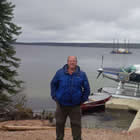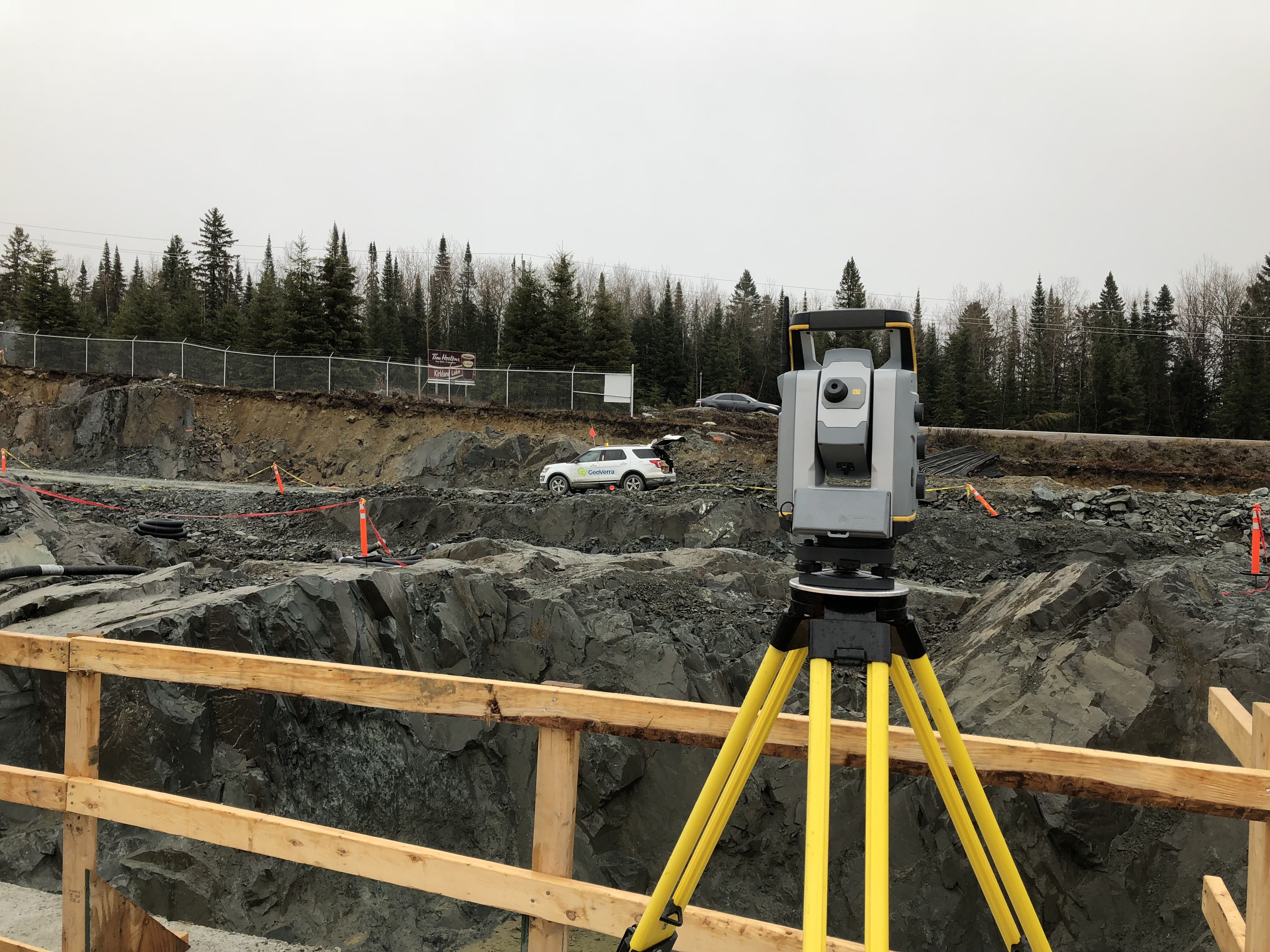Prospecting award goes to Saskatchewan uranium discovery

1 of 1The 2014 Bill Dennis award for a Canadian mineral discovery or prospecting success went to Ross McElroy, president of Fission Uranium. — Photo c
1 of 1The 2014 Bill Dennis award for a Canadian mineral discovery or prospecting success went to Ross McElroy, president of Fission Uranium. — Photo courtesy Fission Uranium.
On January 9, 2014, the Prospectors and Developers Association of Canada (PDAC) announced the winners of its 2014 awards. The Bill Dennis award for a Canadian mineral discovery or prospecting success went to Ross McElroy, president of Fission Uranium, for leading a team of geologists in one of the most significant discoveries in the Athabasca Basin in recent years.
"It's a huge honour," said McElroy. "But to me, it's unfortunate that awards are given to only one person, because this really is a team effort. We've got a great technical team, have an extremely strong corporate team, good strategy, I.R. ... all these people coming together is what makes us successful. I'm very fortunate to be the recipient of this award, as it is one the highest honours in the industry. It reflects on our whole company and the strength of the project."
The award recognizes the Patterson Lake South (PLS) property, a high-grade, shallow-depth uranium discovery located on the southwestern margin of the Athabasca Basin in northern Saskatchewan. According to PDAC, Fission's uranium discovery has rejuvenated the exploration industry in the region.
"We have found a high-grade, large-scale uranium deposit in the most favourable political environment in the world," said McElroy. "This is the type of deposit that really kickstarted Saskatchewan as a major player in the uranium business about 40 to 50 years ago. After major projects here in the 1960s and 70s, people started exploring deeper and deeper into the Athabasca Basin, looking for harder-to-find deposits. We made our discovery efforts in a relatively underexplored area of the basin, which is where we found PLS."
With about 20 junior mining companies now with significant land holdings in the area, it seems everyone is searching for the next PLS.
"What it does is take us back to an era when the big, shallow, high-grade deposits were first being found in Saskatchewan," McElroy said. "One of the rules of thumb in the mining business is the shallower the deposit, the more economically viable it is— since it's much easier to mine, among other things. In our case, with PLS, it is quite shallow and large and there is no other current project like this in the world. We started working an area that had been underexplored and forgotten about. Now we've created this huge rush."
A $9.2 million exploration program was completed during the summer of 2013 and a comprehensive winter 2014 program is currently being planned.
"We are about to embark on our biggest program to date," said McElroy. "The budget for our exploration program is about $12 million and we have about three and a half months to execute the program, which would lead us into the middle of April. We hope to within that time drill about 100 holes and work towards getting a resource estimate.
"Part of our efforts this winter will also be examining other areas of the project as well. We want to look at other conductors on the property and start drill testing and applying the same techniques we used to find PLS."
The 2014 PDAC awards will be handed out during the association’s yearly convention in Toronto, scheduled for March 2 to 5.




